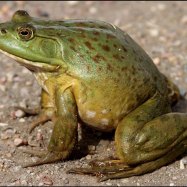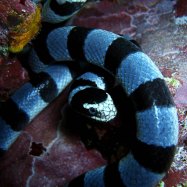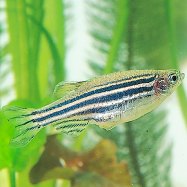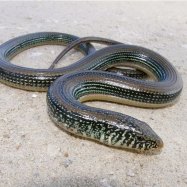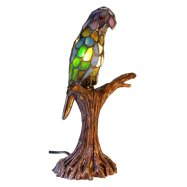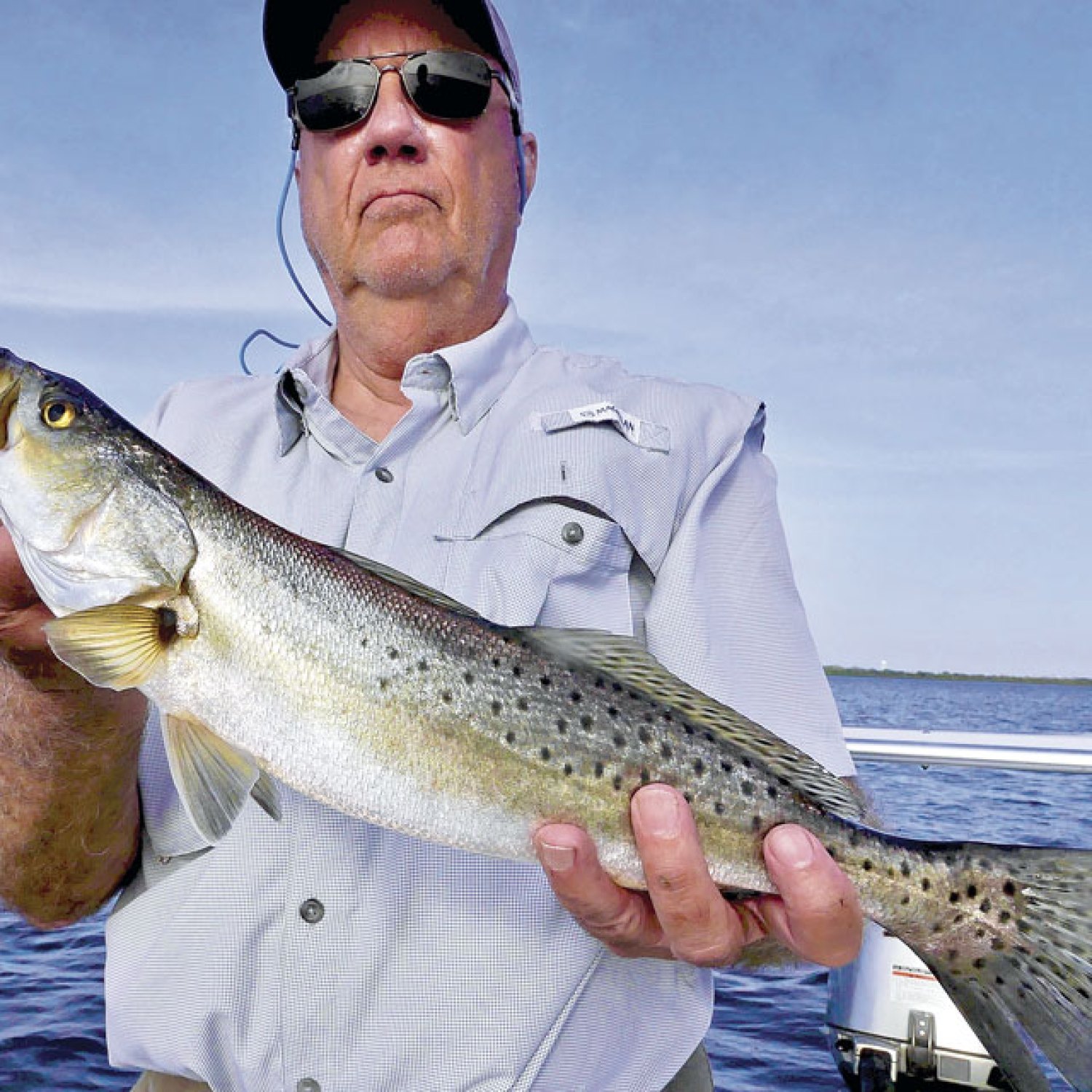
Speckled Trout
Maximum length of 24 inches (60 cm)
The Speckled Trout, found in Eastern North America, is a sleek and beautiful fish with a maximum length of 24 inches. It belongs to the Salmonidae family and has a streamlined body shape. Perfect for sport fishing, its colorful speckled pattern makes it a favorite among anglers. #SpeckledTrout #EasternNorthAmerica #Salmonidae
Animal Details Summary:
Common Name: Speckled Trout
Kingdom: Animalia
Habitat: Freshwater streams, rivers, lakes
The Speckled Trout: A Beautifully Adaptable Fish
In the world of fishing, there are few creatures as highly sought after as the speckled trout. Also known as Salvelinus fontinalis, this stunning animal is a member of the Salmonidae family and is widely known for its beauty, adaptability, and delicious taste.Speckled trout can be found in the kingdom of Animalia, phylum Chordata, and class Actinopterygii. Its unique features make it a fascinating creature for both biologists and fishing enthusiasts alike Speckled Trout.
The Physical Appearance of Speckled Trout
Before we dive into the world of speckled trout's behavior and lifestyle, let's first take a closer look at its physical appearance. These captivating creatures have a dark greenish-blue to olive color on their back, with a sprinkling of black spots.The overall coloration of the speckled trout is one of its most distinguishable and captivating features. It allows them to blend in with their environment, making it easier for them to hunt and avoid predators. This coloration is also believed to be a result of their active lifestyle, as darker colors make them more efficient in the water.
Their body shape is sleek and streamlined, making them excellent swimmers. Speckled trout are known for their speed and agility, thanks to their streamlined body shape. This shape also allows them to maneuver through fast-moving water with ease, making them well-suited for freshwater streams, rivers, and lakes, which are their preferred habitats.
The Diet and Hunting Techniques of Speckled Trout
Speckled trout are not only beautiful to look at, but they are also formidable predators Saddleback Caterpillar. They are known for being carnivorous, which means they primarily feed on small fish, insects, and crustaceans. Their preferred diet may vary depending on their geographical location and the availability of food sources.These fish are opportunistic hunters, meaning they will eat whatever food source is readily available. They can quickly adapt their diet to their surroundings, making them highly adaptable and resilient creatures. This adaptability is one of the main reasons why speckled trout can be found in such a wide range of habitats and environments.
When hunting for food, speckled trout use various techniques. They are primarily ambush predators, meaning they hide and wait for their prey to come to them. They often use their coloration to blend in with their surroundings and remain undetected by their prey.
Speckled trout are also known for their ability to swim against fast-moving water, which allows them to hunt in rivers and streams more efficiently. They also have excellent eyesight, which helps them spot and catch their prey with ease.
The Geographical Distribution and Country of Origin of Speckled Trout
One of the most fascinating things about speckled trout is their geographical distribution. These fish are native to North America, and they can be found all across the continent. However, they are most commonly found in the eastern part of North America, particularly in Canada.Their country of origin is Canada, where they were first discovered and named. However, speckled trout can now be found in many regions across the United States, including Alaska, the Great Lakes, and even in some parts of the southern states.
Their adaptability and resilience have allowed them to thrive in different environments, allowing them to expand their geographical distribution and become a beloved fish to fishers across North America.
The Relationship Between Speckled Trout and Natural Language Processing
Natural Language Processing (NLP) is an area of artificial intelligence that focuses on allowing computers to interpret and understand human language. It is a complex field that requires a high level of linguistic and computational knowledge.The study of speckled trout and its behavior is crucial to the field of NLP. Fish like speckled trout have intricate communication systems that involve a combination of body movements and vocalizations. If we can understand and decode these communication systems, it can lead to a better understanding of how animals connect and interact with each other.
Conservation Efforts and Protection of Speckled Trout
As with many wildlife species, speckled trout has faced several challenges and threats to their population over the years. Factors such as overfishing, pollution, and habitat destruction have all contributed to declining numbers in some areas.Thankfully, various conservation efforts are underway to protect the speckled trout and ensure its survival. These efforts include regulations around fishing, habitat restoration, and pollution control. These initiatives aim to create a healthy and sustainable environment for speckled trout, allowing their population to thrive.
The Role of Speckled Trout in the Ecosystem
As with any living creature, speckled trout plays a vital role in its ecosystem. These fish are not only an essential food source for other species, but they also help maintain the balance of the ecosystem by keeping the population of certain prey species in check.Moreover, speckled trout is also an indicator species, meaning their presence or absence can indicate the health of their environment. By monitoring their population, we can gain valuable insights into the health of the habitat and make necessary changes to protect it.
In Conclusion
Speckled trout is a fascinating and adaptable creature that continues to captivate biologists and fishers alike. From its physical appearance and hunting techniques to its geographical distribution and role in the ecosystem, there is a never-ending list of things to learn about this enchanting creature.As we continue to study and understand speckled trout and its behavior, we will not only gain a better understanding of this species, but we will also learn more about the world around us. And with ongoing conservation efforts, we hope to protect this beautiful fish and its environment for generations to come.

Speckled Trout
Animal Details Speckled Trout - Scientific Name: Salvelinus fontinalis
- Category: Animals S
- Scientific Name: Salvelinus fontinalis
- Common Name: Speckled Trout
- Kingdom: Animalia
- Phylum: Chordata
- Class: Actinopterygii
- Order: Salmoniformes
- Family: Salmonidae
- Habitat: Freshwater streams, rivers, lakes
- Feeding Method: Carnivorous
- Geographical Distribution: North America
- Country of Origin: Canada
- Location: Eastern North America
- Animal Coloration: Dark greenish-blue to olive on its back, with a sprinkling of black spots
- Body Shape: Sleek and streamlined
- Length: Maximum length of 24 inches (60 cm)
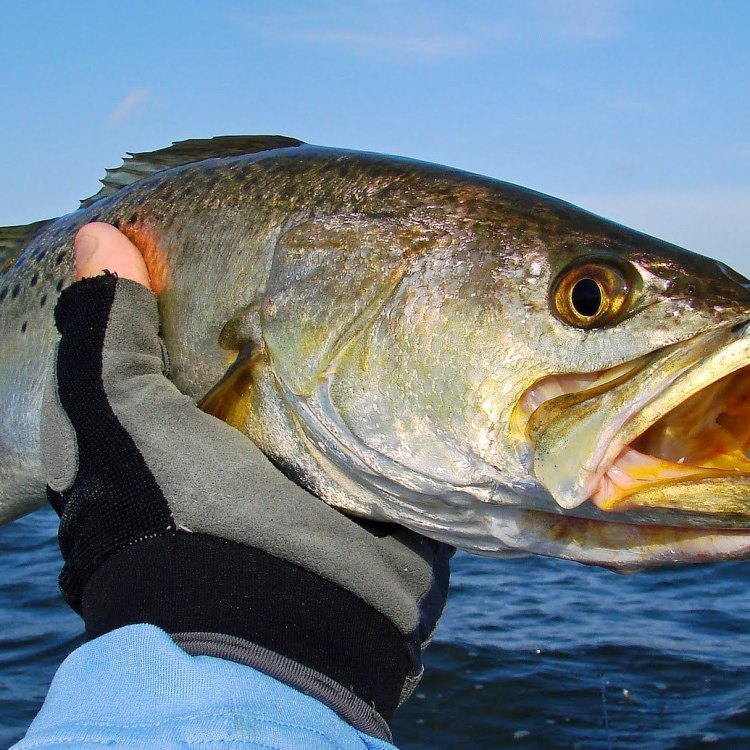
Speckled Trout
- Adult Size: Average size of 12-20 inches (30-50 cm)
- Average Lifespan: 4-6 years
- Reproduction: Sexual
- Reproductive Behavior: The male constructs a gravel nest called a redd and the female lays her eggs in it. After the eggs are fertilized by the male, they are covered with gravel to protect them.
- Sound or Call: No specific sound or call
- Migration Pattern: Some populations of speckled trout migrate between freshwater streams and the ocean.
- Social Groups: Solitary
- Behavior: Speckled trout are primarily active during dawn and dusk. They are known for their agility and quick movements. They are also territorial and will defend their feeding areas.
- Threats: Habitat destruction, pollution, overfishing
- Conservation Status: Not listed
- Impact on Ecosystem: Speckled trout play an important role in their freshwater ecosystems as both predators and prey.
- Human Use: Popular sport fish
- Distinctive Features: Dark speckles on its body, adipose fin
- Interesting Facts: Speckled trout are not actually trout, but a species of char. They are also known by other names such as brook trout and squaretail.
- Predator: Bears, birds, larger fish

Salvelinus fontinalis
The Fascinating World of Speckled Trout: Their Behavior, Social Life, and Impact on Ecosystems
Few creatures are as majestic and captivating as the speckled trout. With dark speckles adorning its body, and an adipose fin distinguishing it from other fish, the speckled trout is a unique species that has captured the hearts and minds of fishermen and nature lovers alike. From their behavior, social life, and impact on ecosystems, there is much to learn and marvel at when it comes to these fish.Speckled trout, also known as brook trout or squaretail, are a species of char, not actually a trout PeaceOfAnimals.Com. They are found in freshwater streams and lakes throughout North America, but are most commonly associated with the Appalachian region. These fish have an average size of 12-20 inches, with some growing up to 30 inches in length. Their average lifespan is 4-6 years, making them a relatively short-lived species.
Reproduction in speckled trout is a sexual process. The male fish construct a gravel nest, known as a redd, in the stream or lake bed. The female then lays her eggs in this redd, and the male fertilizes them. The eggs are then covered with gravel by the male to protect them from any potential predators. This process highlights the innate instinct of these fish to protect their young and ensure the continuation of their species.
Unlike some other species of fish which produce specific sounds or calls to communicate, speckled trout do not have a specific sound or call Sun Bear. They rely on their visual and tactile senses to interact with each other and their environment. However, they do have a distinctive behavior during their reproductive process, where the male aggressively defends the redd from any intruding fish.
While speckled trout are typically solitary creatures, some populations are known to migrate between freshwater streams and the ocean. This migration allows them access to different food sources and environments, enhancing their chances of survival. The ability to adapt and survive in different habitats is a testament to their resilience and evolution as a species.
Speckled trout are primarily active during dawn and dusk, which makes them crepuscular animals. They are known for their agility and quick movements, making them a challenging catch for fishermen. These fish are also territorial and will defend their feeding areas from any potential intruders. This behavior is essential for their survival, as they need to be able to find food to sustain themselves.
Unfortunately, speckled trout face a variety of threats that endanger their population. Habitat destruction, pollution, and overfishing are just a few of the challenges that these fish must contend with. As humans encroach on their habitats and pollution affects water quality, speckled trout have a harder time finding suitable environments to thrive in. Overfishing, which is catching these fish at an unsustainable rate, can lead to their population declining, posing a significant threat to the survival of the species.
Despite these challenges, speckled trout are not listed as endangered or threatened. However, it is crucial to monitor their population and take proactive measures to ensure their continued existence. These fish play a vital role in their freshwater ecosystems as both predators and prey. They help regulate the population of smaller fish, and serve as a food source for larger predators like bears, birds, and other fish.
Apart from their crucial role in the ecosystem, speckled trout also have significant human use as a popular sport fish. These fish are known for their resilience and agility, making them a favorite among fishermen. Their ability to put up a fight and the satisfaction of catching such a beautiful and elusive fish is unmatched.
One of the most distinctive features of speckled trout is the dark speckles that give them their name. These speckles vary in color, from shades of brown to red, and help camouflage them in their natural environment. These fish also have an adipose fin, a small fleshy fin located between their dorsal fin and tail. This fin is a characteristic feature of salmon, trout, and char species.
But beyond their physical features and behavior, there are some interesting facts about speckled trout that make them even more fascinating. As mentioned earlier, they are not actually trout, but a species of char, which makes them closer relatives of salmon. They are also known by different names, such as brook trout and squaretail, depending on the region and habitat they are found in.
In conclusion, speckled trout is not just a beautiful and elusive species of fish, but also plays a crucial role in their freshwater environments. From their reproductive behavior, social life, and unique features, to their impact on ecosystems and human use, these fish are a wonder to behold. As stewards of the environment, it is our responsibility to ensure the survival of this magnificent species and protect their habitats for future generations to enjoy. So, the next time you spot a speckled trout, take a moment to appreciate its beauty and significance in the delicate web of life on this planet.
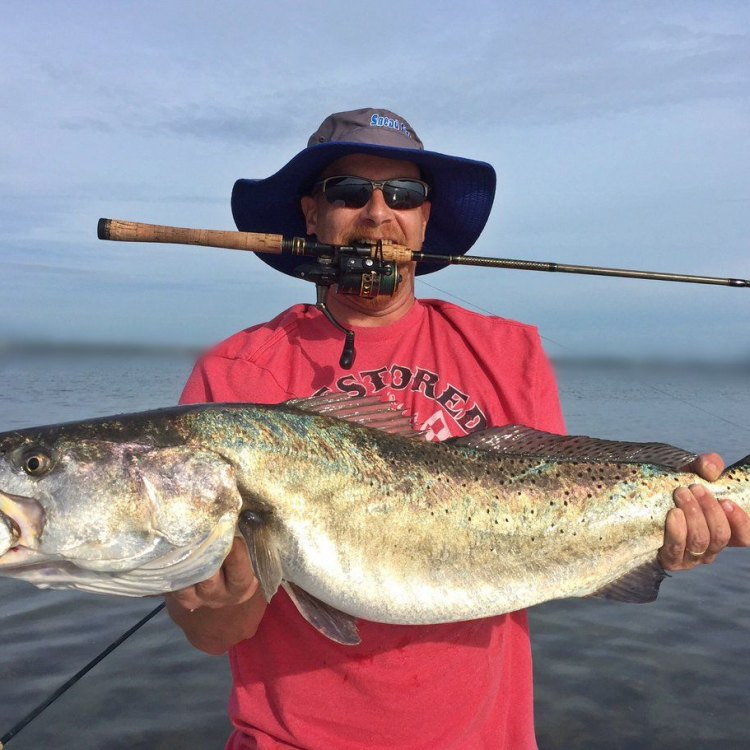
The Speckled Trout: A Beautifully Adaptable Fish
Disclaimer: The content provided is for informational purposes only. We cannot guarantee the accuracy of the information on this page 100%. All information provided here may change without prior notice.

